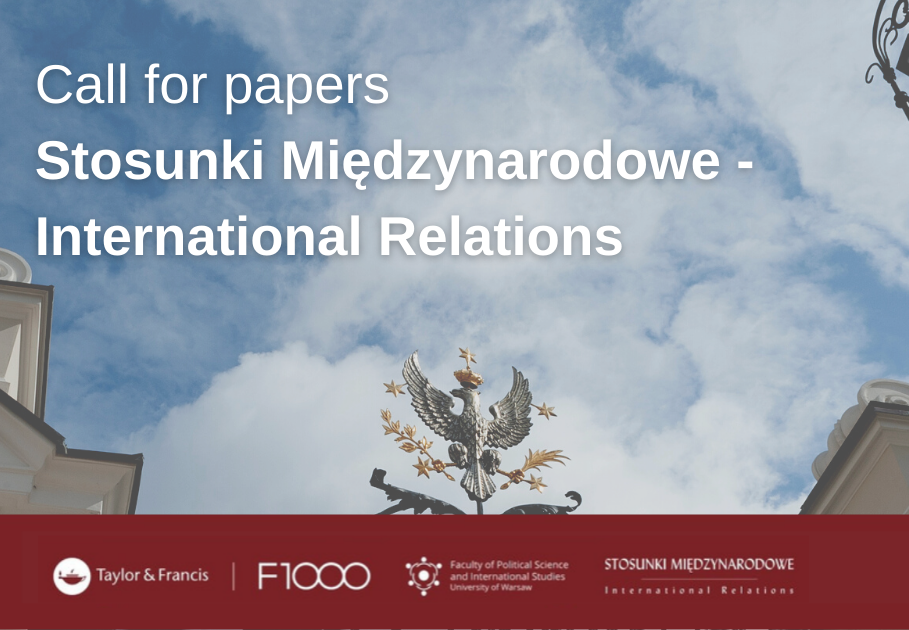About the Journal
Aims and scope
Editorial Board and Advisory Board
Ethics Policy
Privacy Policy (GDPR)
Contact
Current issue
Archive
For Authors
Call for Papers - New Publishing Platform of SM-IR
Guidelines for Authors
Formal requirements - structure of texts
Editorial requirements
Review procedure
Reviewing rules
Review process
Review procedure
Reviewing rules
Guidelines for Reviewers
Policies/Ethical Code
Contact
ARTICLE
An Analysis of the Foreign Policy of Latin American
and Caribbean Countries (Part 1)
1
Uniwersytet Warszawski
Publication date: 2016-06-30
Stosunki Międzynarodowe – International Relations 2016;52(2):123-142
KEYWORDS
ABSTRACT
The article proposes a method for analysing the foreign policy of Latin America
through identification of certain common features of the entire region and elements
characteristic of each Latin American country. There are certain risks involved in
this kind of analysis. On the one hand, the countries of the region share certain
common traits (language, culture, religion, historical heritage), which encourages
generalisations, but on the other hand, this gives rise to numerous risks of overinterpretation in drawing conclusions. Jeanne Hey, however, lists five factors
which, in her opinion, weigh in favour of performing a combined analysis of the
foreign policies of the countries of the region: (1) Latin America and the Caribbean were the target of European colonial expansion; although most Latin American
countries secured their independence in the early 19th century whereas Caribbean
countries followed suit only in the second half of the 20th century, they still share
the experience of struggling against neo-colonialism; (2) the economies of most
countries of the region have a relatively weak position in the global market and
remain dependent on exports, mainly of necessity goods, despite many attempts to
change that state of affairs; (3) the countries have developed a specific hierarchical
social model where descendants of European colonisers are at the top of the social
ladder and all the other citizens are at the bottom; (4) all countries of the region
need to take into account the hegemonic pressure of the United States in conducting
their foreign policies (albeit it manifests itself differently in Central America and the
Caribbean than it does in South America); and finally, (5) the abundant literature
concerning this part of the world proves the existence of a multitude of interrelations
and interdependencies in the region. On this basis, the author analyses the foreign
policies of selected Latin American and Caribbean countries.
Share
RELATED ARTICLE
We process personal data collected when visiting the website. The function of obtaining information about users and their behavior is carried out by voluntarily entered information in forms and saving cookies in end devices. Data, including cookies, are used to provide services, improve the user experience and to analyze the traffic in accordance with the Privacy policy. Data are also collected and processed by Google Analytics tool (more).
You can change cookies settings in your browser. Restricted use of cookies in the browser configuration may affect some functionalities of the website.
You can change cookies settings in your browser. Restricted use of cookies in the browser configuration may affect some functionalities of the website.



